Tips/Articles,
Reduce Your Carbon Footprint and Save Money with Energy Efficient Home Upgrades
May 04 2021
The need to reduce our greenhouse gas emissions in the fight against climate change is urgent. What can you do while you wait for (and urge) leaders to make the big changes we need to move towards a sustainable future? Buildings account for about 40% of all energy use and greenhouse gas emissions in the U.S.. That means there’s a lot of opportunity to reduce our carbon footprint and save money on energy bills right at home.
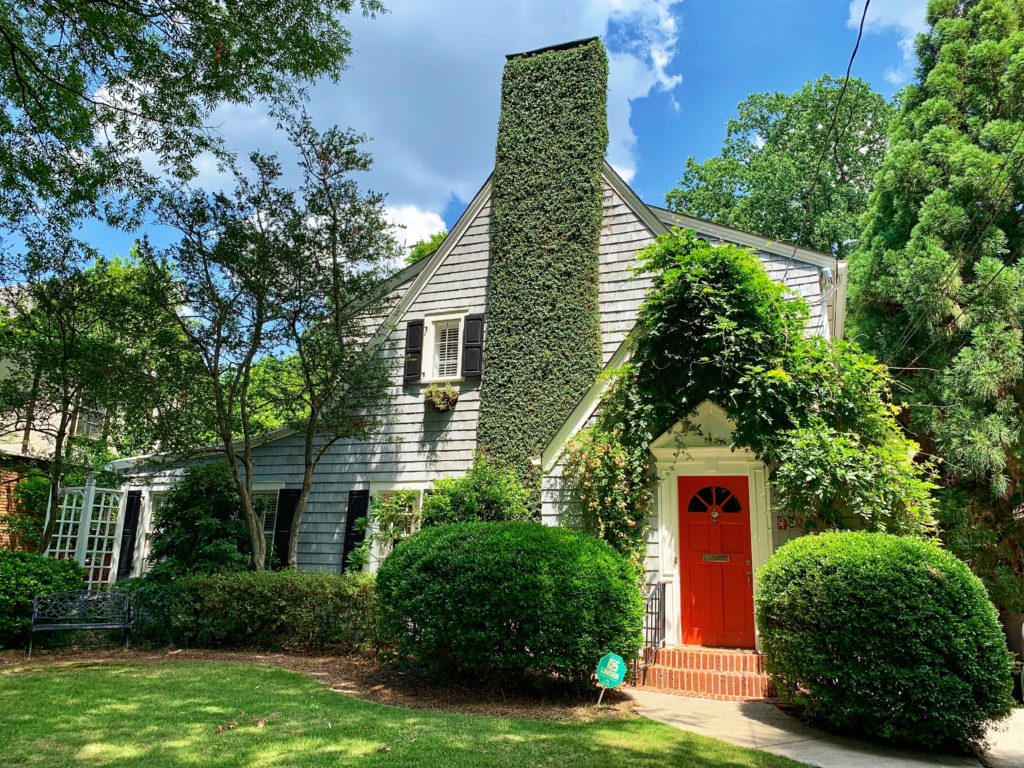
During the past year when we’ve all been spending more time at home, there’s been a boom in remodeling and DIY projects to make our homes function better. Why not take this opportunity to make your home more energy efficient?
There’s a lot more to it than simply swapping out lightbulbs and flipping switches. While projects to improve the energy efficiency of your home may not be quite as exciting as a kitchen remodel, solar panels, or a new deck, they pay off in comfort and savings for your wallet and the climate for decades – even after you’ve moved.
How inefficient is your home?
A home energy assessment can help you get a whole picture of your home’s energy use. This can help you determine what to prioritize. An energy assessment is typically done by a professional but a diligent DIY assessment can find some of the easier fixes. Learn how to go about getting a home energy assessment done, whether you hire a professional or go the DIY route, here.

Take Advantage of Tax Credits and Utility Rebates
Most utility companies have incentives available to make the upfront costs of energy efficiency projects more affordable. The upgrades below also come with federal tax incentives which were just extended through the end of 2021. The federal tax credits currently max out at a lifetime cap of $500. Illinois utility customers have another option to make improvements accessible. The Illinois Energy Efficiency Loan Program allows utility customers to pay for certain home efficiency projects through a monthly loan charge on your utility bill (which could potentially be offset by savings from improvements).
To find all the incentives available in your area enter your zip code at www.dsireusa.org and www.energystar.gov/rebate-finder. You can also check with your local gas and electric utilities. Cool DuPage offers DuPage County residents, businesses and governments additional energy-saving advice. We’ll share some opportunities for DuPage County and the western suburbs of Chicago (which include Nicor Gas and ComEd utilities) below.
Insulation and Air Sealing
About 9 out of 10 homes in the U.S. are under-insulated so odds are your home could use a little help in this department. Properly insulating and sealing air leaks in your home can save an average of 15% on heating and cooling costs according to the Department of Energy. Plus, you’ll feel fewer of those chilly drafts or cold spots in the winter and a more even cool in the summer, making your home more comfortable to live in all year round.
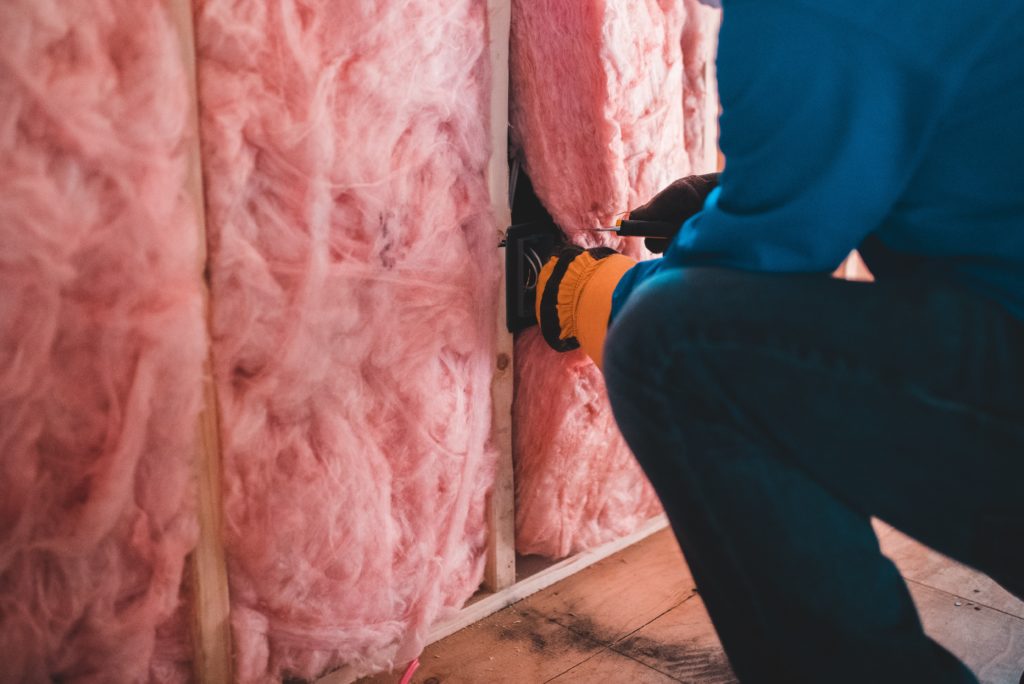
A tax credit of 10% of the cost of materials is available for air sealing and insulation. ComEd offers customers a $200 rebate for duct sealing. DuPage County and ComEd both offer weatherization programs for income eligible homeowners. Nicor Gas offers rebates of up to $400 per project for air sealing, duct sealing, wall insulation, and up to $300 for attic insulation when performed by an approved contractor. Homeowners can also do some DIY air sealing with caulk or weatherstripping around doors and windows. This post has some helpful DIY suggestions and links to instructions. Nicor Gas offers free weatherization kits for customers that include weatherstripping. Learn more and order online here.
Heating and Air Conditioning
How old is your furnace or AC? You can save up to 20% on heating and cooling costs when you replace a heat pump or air conditioner that is more than 10 years old with an energy efficient model. An ENERGY STAR certified gas furnace is up to 15% more energy efficient than standard models and can cut pollution in half and reduce your CO2 emissions by about 1.5 tons according to the Department of Energy. Using a programmable thermostat can also make a big difference in heating and cooling costs and efficiency. Learn more about home heating systems in this helpful Energy Saver 101 infographic from the Department .
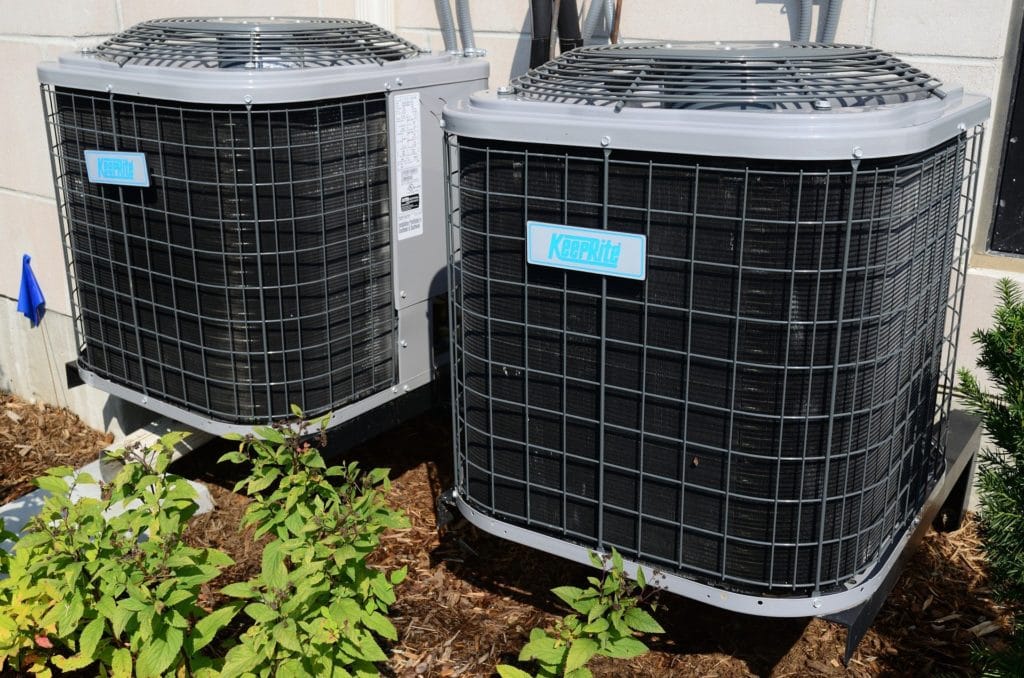
Tax credits of up to $300 for qualifying central air conditioners and air-source heat pumps and up to $150 for gas, oil, or propane furnaces and boilers are available. ComEd offers rebates of $50-$200 for air conditioning and heat pump tune-ups and equipment replacement and a $100 rebate for smart thermostats. Nicor Gas offers rebates of $200-$225 for furnaces, $350 for boilers, and $25 for smart thermostats.
ComEd also offers free basic home energy assessments, both virtual and in-person. Residents can get free energy-saving products including programmable thermostats, LED bulbs, faucet aerators, and hot water pipe insulation. Note: these assessments are fairly basic and not nearly as comprehensive as the type of energy assessment you get from a contractor as mentioned above.
Energy-saving tip: Before upgrading your heating system, improve the efficiency of your home by properly insulating and air sealing. You can then buy a smaller HVAC unit, saving you money on the purchase and on long-term operating costs (an over-sized system is, in fact, less efficient).
Windows
Installing ENERGY STAR certified windows, doors, and skylights can shrink your carbon footprint by an average of 12 percent. Even upgrading double-pane windows to ENERGY STAR models can reduce your carbon footprint by up to 2,000 pounds of CO2 per year according to ENERGY STAR. The tax credit is 10% of the cost of any ENERGY STAR certified windows up to $200. There aren’t any rebates available for windows or doors through ComEd or Nicor at this time.
Water Heaters
If all residential water heaters sold in the U.S. were ENERGY STAR certified, it would prevent greenhouse gas emissions equivalent to taking 15 million vehicles off the road every year. At the more personal level, water heating is the second largest use of energy in your home. If your water heater is over 10 years old, you could benefit big time by upgrading to an energy efficient model. Further, the additional cost of an ENERGY STAR rated water heater is covered by savings within the first 2 years.
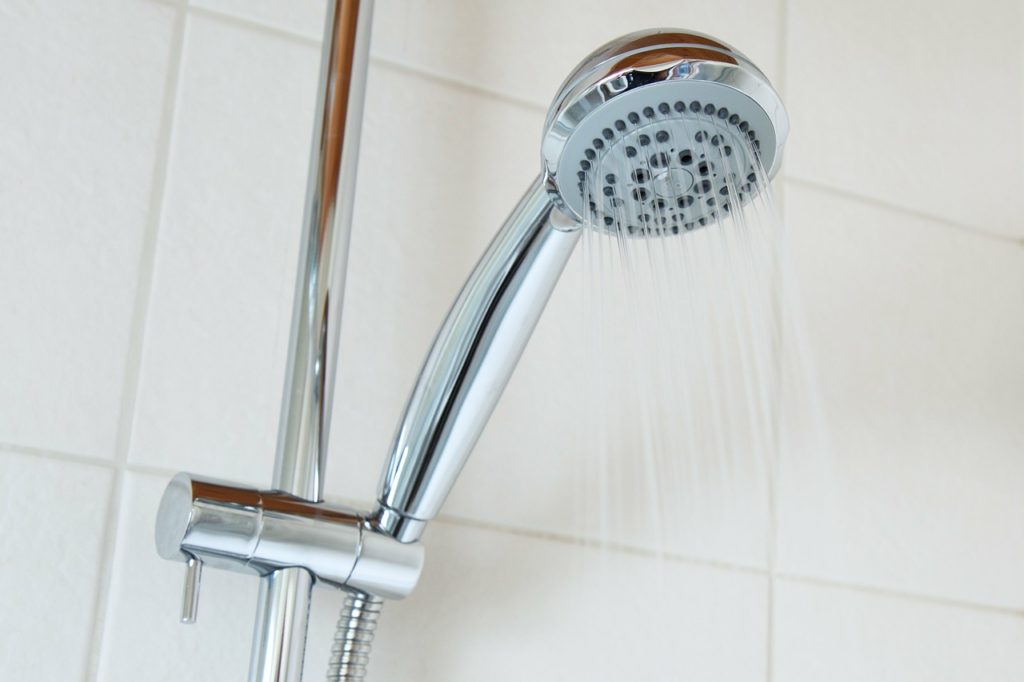
The current tax credit available for a qualifying ENERGY STAR water heater is $300. Neither ComEd nor Nicor Gas offer rebates on water heaters at this time. If you’re not ready to upgrade your water heater, there are some easy steps you can take to conserve energy. Two simple and inexpensive DIY projects are insulating your water heater tank and insulating hot water pipes. Insulating your water heater costs as little as $20 and should pay for itself within a year. After insulating your tank and pipes, you can likely stand to turn down your water heater to 120 degrees or lower to save more energy without feeling a difference at the tap.
Extra Savings: Conserve even more energy by reducing how much hot water you use. Install faucet aerators and low-flow showerheads to make saving easy and automatic. Both ComEd and Nicor offer free water-saving showerheads and faucet aerators for customers. Try washing clothes in cold water and challenge everyone in your household to take shorter showers.
Pool Pumps
If you jumped in and got a pool this past year (or already had one) you could be saving energy and there are incentives to help you. An ENERGY STAR certified in-ground pool pump uses up to 65% less energy, while a certified above-ground pump saves about 17% over standard models. ComEd offers rebates of $300 on in-ground pool pumps and $100 on above-ground pool pumps.
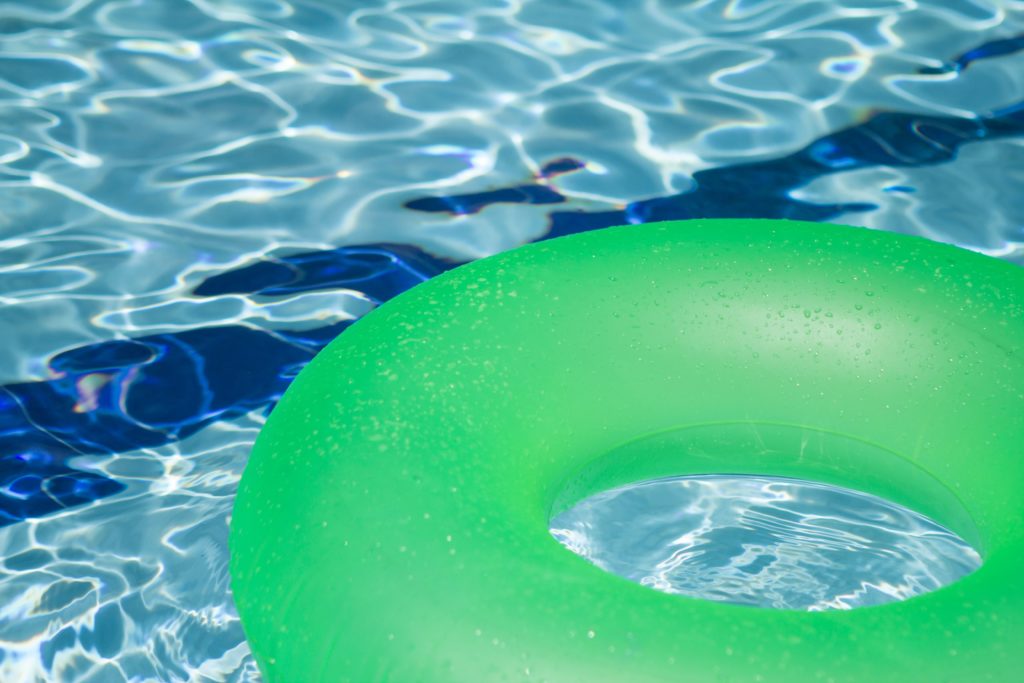
Additional Sources